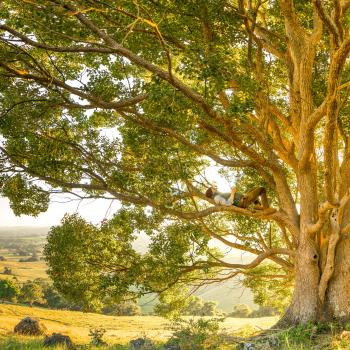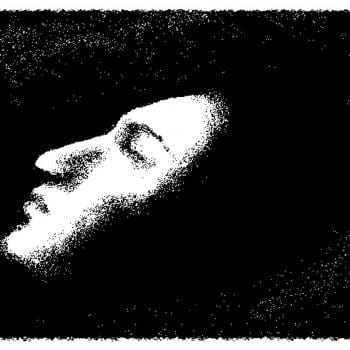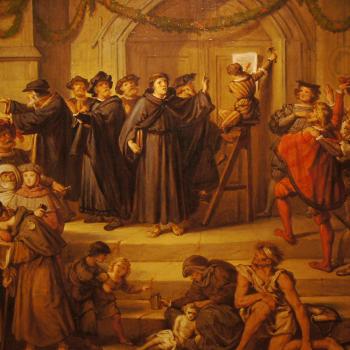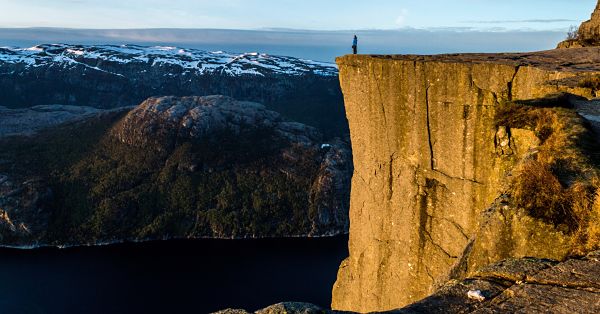- Trending:
- Pope Leo Xiv
- |
- Israel
- |
- Trump
- |
- Social Justice
- |
- Peace
- |
- Love

Strangers on the Earth
Director: Tristan Cook
Run Time: 96 mins
Strangers on the Earth accompanies thousands of pilgrims as they traverse the Camino de Santiago in northern Spain, listening to their stories about what brought them there from around the world and to their prayers, their petitions, frustrations, and questions that echo in their hearts with every footfall. And the film walks with the Camino itself, capturing fleeting, ever-changing beauty of the path and the countryside that surrounds it. Strangers on the Earth is, like the Camino de Santiago itself, physical—dirt and sunlight and blister and Pyrenees silhouette and swinging censer of incense and backpacks and rain and wine—and metaphysical all at once.
Strangers on the Earth sees evidence in the Camino and the people that walk it that what we consider “spiritual” is often a curious interplay between simple physical acts that represent grand transcendental gestures. For many, this isn’t mere metaphor. The tangible things actually are intangible, and we discover this as we get closer to them. In one moment, the film focuses uncomfortably on a young woman’s horribly blistered feet. She is walking the Camino in sandals. She doesn’t complain about the obvious pain in her feet, but, rather, talks about why she is walking the Camino. She explains herself, and yet she remains a mystery, impenetrable. This contrast isn’t a criticism of very physical forms of faith — it’s a celebration of it, confirmation that everything is more complex than we can comprehend.
The entire film walks this fine line (forgive the pun) between intimacy and remove. We get to know very few pilgrims explicitly. Faces and voices are seldom matched up. Often we hear a spoken chorus of voices fading in and out of each other, talking about aspects of the Camino and of themselves. It’s an impressionistic method. The voices together with the similarly impressionistic imagery constitute a cloud of witnesses expressing the heart of the Camino. We know more than we feel comfortable knowing and less than we want to know all at once. Strangers on the Earth is a truly spiritual film in form and content.
The only pilgrim we spend extended time with is an American cellist, Dane Johansen, who sets out to walk the Camino with his cello on his back and to play Bach’s music in thirty-six churches along the way, recording the performances. A lesser film would have focused on Johansen’s journey only. Strangers on the Earth sees him, appropriately, as one of many. His music scores the film subtly behind the other pilgrims’ voices and the crunch of boots on gravel, a kind of numinous presence undulating along the Way.
The Camino de Santiago is traditionally a Catholic pilgrimage, though it is undertaken today by people of many faiths or of no specific faith as well. In accord with this, the film continues on past the traditional end of the Camino at the cathedral of Santiago de Compostela in Galicia to the sea at Cape Finisterre. This place was believed to be the end of the world in Roman times. A Celtic tribe once lived there and burned the remains of their dead on the cliffs to send them into the beyond. By going here, the film suggest that the Camino is for people who are still searching, not just for people who are settled. It is for wanderers, foreigners, “strangers on earth” looking for “a better country,” to borrow a little more from the passage in Hebrews 11 from which the film takes its title. To the end, the film is expansive, making room for all to participate in this ancient, devotional act of faith.
--Elijah Davidson











